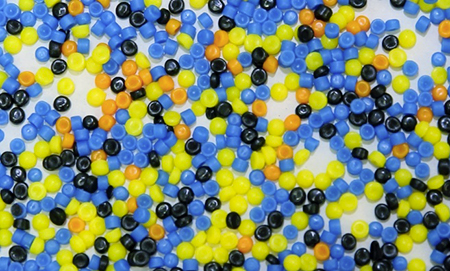
For people involved in technical issues, related to Polyethylene (PE) pipelines, there is a clear distinction between Design Basis and Expected Lifetime. As recent studies are demonstrating (e.g.: Polymer Competence Center Leoben (PCCL) GmbH — Leoben, Austria; Japan Polyethylene Piping System & Integrated Technology Association for Water Supply — POLITEC) the standard ISO 9080 is a very helpful instrument to predict the behavior of PE pipes during their working lives.
In this framework the pipes’ Design Basis is hooked to 50 years of continuous service at a reference temperature of 20 °C and at the maximum design pressure. So when talking about the Design Basis of 50 years it is clear that we are referring, for the most part, to a specified and “laboratory” working conditions. In these conditions the Minimum Required Strength (MRS), extrapolated to 50 years and for PE 100 materials, shall be greater or equal to 10,0 N/mm2.
Does really MRS 10,0 is achieved by PE materials manufacturers ? Probably not. The value of 10,0 is the minimal possible for declare a type of PE as PE100 and, as shown by ISO 9080, with a MRS of 10,20 N/mm2 the strength characteristic will last without any loss in performance up to 100 years.
Moreover it isn’t possible for any pipe or fitting’s manufacturer to declare the nominal pressure (PN) not taking in account a service safety factor that for PE is at least equal to 1,25 (ISO 12162) and the application of the service safety factor in the calculation of the maximum working pressure reduces the stress on the pipe giving an extra performance that will extend the lifetime service far beyond from 100 years.
Last, but not least, a slight reduction in continuous pressure service, e.g. 15,5 bar instead of 16,0 at 20 °C (for pipelines components made by PE100 and design SDR 11), is sufficient to guarantee a pipeline lifetime of 100 years.
In conclusion, the Design Basis of 50 years is the base for a right comparison between pipeline components made of the same plastic materials (PE100, PE80, etc.) but isn’t connected at all with the “in service” lifetime expectancy. This last, as demonstrated, depends on many other factors and polyethylene resins, like PE100, have already achieved the target of remain 100 years in service without ageing. For new resins, PE100RC, the lifetime expectancy is today one far beyond…
